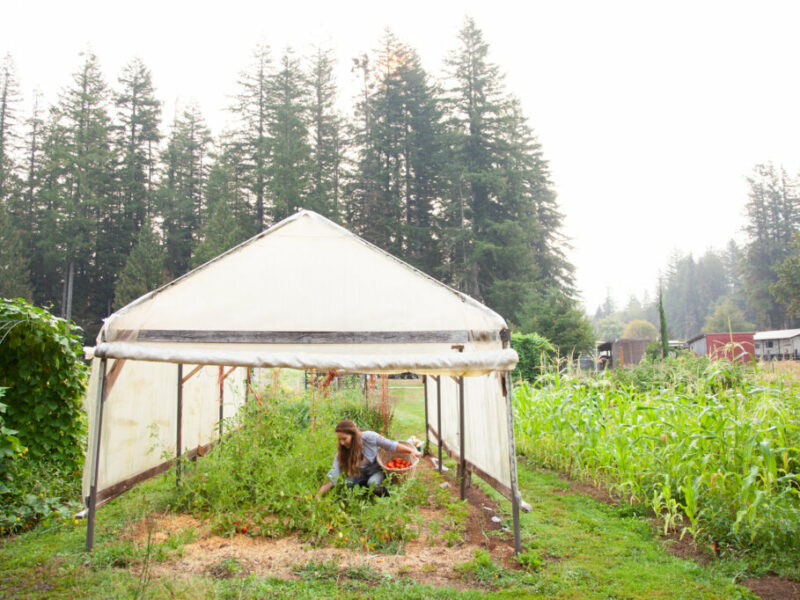Georgic gardening practices refer to agricultural and horticultural methods inspired by Virgil's poem "Georgics," which was written in the 1st century BCE. The "Georgics" is divided into four books and serves as a guide to rural life, covering topics such as agriculture, animal husbandry, beekeeping, and viticulture. Georgic gardening practices emphasize a deep understanding of the land and its cultivation, often focusing on traditional and sustainable techniques. Some key principles of Georgic gardening include:
- Observation of Nature: Georgic gardening emphasizes the importance of observing natural cycles and patterns to inform agricultural practices. Farmers and gardeners are encouraged to pay attention to the behavior of plants, animals, and the environment.
- Crop Rotation: To maintain soil fertility and prevent the depletion of nutrients, Georgic gardening advocates for crop rotation. Different crops are planted in a specific sequence over multiple growing seasons to optimize soil health and minimize pest and disease pressures.
- Soil Care: Georgic practices prioritize soil health through methods such as composting, mulching, and organic fertilization. Maintaining soil structure and fertility is essential for sustaining healthy plant growth.
- Water Management: Efficient water management techniques, such as irrigation systems and water conservation practices, are integral to Georgic gardening. Water resources are used judiciously to support plant growth while minimizing waste.
- Pest and Disease Control: Georgic gardening encourages natural methods of pest and disease control, such as companion planting, crop diversification, and biological pest control. Chemical pesticides and herbicides are often avoided in favor of organic alternatives.
- Biodiversity: Georgic practices promote biodiversity within agricultural systems by integrating a variety of crops, plants, and beneficial organisms. Diverse ecosystems are more resilient to pests, diseases, and environmental stresses.
- Seasonal Timing: Timing is crucial in Georgic gardening, with activities such as planting, harvesting, and pruning being conducted in accordance with seasonal cycles and climatic conditions.
- Manual Labor and Craftsmanship: Georgic gardening values the skill and craftsmanship of manual labor, emphasizing the importance of hands-on cultivation techniques passed down through generations.
Overall, Georgic gardening practices prioritize sustainability, environmental stewardship, and the harmonious relationship between humans and nature in agricultural endeavors.



